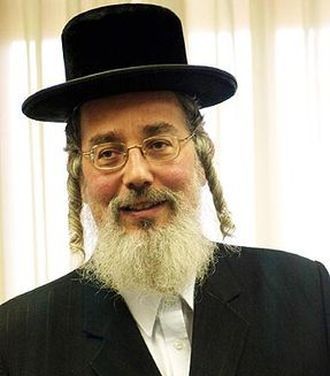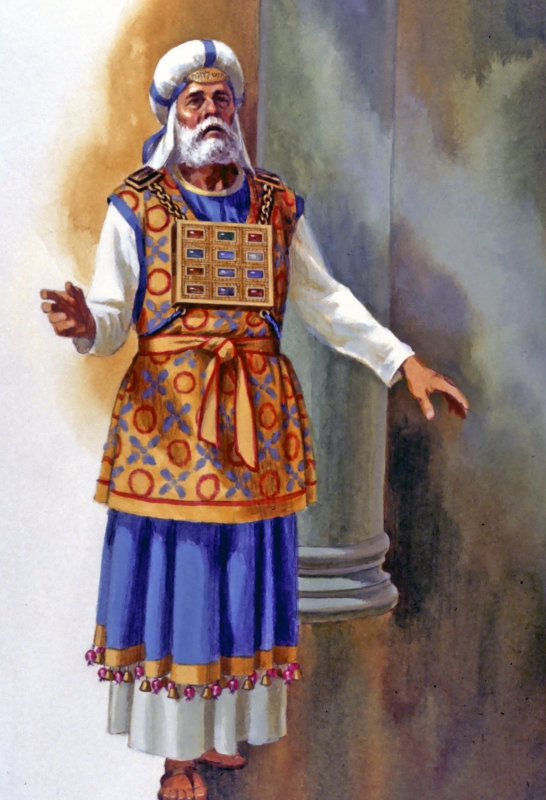Every Jew - and every non-Jew! - has a preconceived notion of what a Rabbi should look like and how he should be dressed. Tall, short, thin, fat it doesn't matter, but definitely not obviously athletic. With a long, untrimmed beard, flecked with gray. In a dark suit and a hat with a brim. Female? Negative, nor clean-shaven, nor with longish hair, nor dressed in street clothes and definitely not bare-headed! I have learned over the years, that Jews don't want their Rabbis to look just like them; they respond better to a Rabbi who fits this stereotype. Of course, this stereotype only describes a limited number of Rabbis; not only progressive, but even many Orthodox Rabbis are neither bearded nor wear dark suits. And outside of Orthodox Judaism, there are certainly many Rabbis with two X chromosomes! But the stereotype persists in the minds of many. Now that I'm no longer employed as a Rabbi, I don't even tend to introduce myself as a Rabbi, and when asked my occupation I'm likely to tell a questioner whom I know only superficially that I'm a retired military officer - which is, of course, true. I just don't want to be bothered to discuss, or have to react to, this stereotype of what people expect a Rabbi to look like.
Of course, before we had Rabbis we had Priests; in the People Israel's 40 years' sojourn of preparation for their inheriting the Land of Israel, the tribe of Levi was set apart for holy functions, and Moses' brother and his sons further set aside for the Priesthood. Although today's Rabbis are not the equivalent of the Priests in antiquity, there is an ovelapping of functions; each institution in its time, set aside certain Jews to perform specific roles, but the dovetail is that both serve as visible reminders of G-d's presence.
In this week's Torah reading, Moses is instructed concerning the crafting of the various vestments of the Priests: ephod, breastplate, robe, and other parts of the overall ensemble. The instructions are quite detailed and exact; no general guidelines for the Priests to use as a point of departure and then have their vestments made to their liking! This was to be a uniform with no variation.
In the ensemble, both the ephod - an outer garment, sort of like an apron - and the breastplate are designed to display the identification of the 12 sons of Jacob - that is, the 12 Tribes. There's an important symbolism in this. While the Priests are set aside for a specific, holy function and represent in and of themselves a visible sign of the Holy, their adornments show their identification with the entirety of the People Israel. That way, when the typical Jew-in-the-street looked upon the Priest, he saw a visual statement that what the Priests did was not just for himself but for the entire nation.
It's similar to the way that, today, there is an expectation that a Rabbi stands out. Even if the Jew looking upon that Rabbi is himself not bearded - or even not male! - and doesn't wear a dark suit or a head covering, or doesn't attend religious services or study, he or she tends to expect the Rabbi to conform to a very specific image and range of behaviors. Even without an ephod or breastplate, today's traditional Rabbi serves as a symbol to all Jews no matter how religious or non-religious they are. Despite the tendency of Rabbis to wear 'normal' clothing, and the fact that many of neither bearded nor male, there are many Jews who continue to harbor and nurture the stereotype, and will not respond well to a Rabbi who doesn't match it either because of tastes or genetics.
In our day, as in ancient times, symbols are important. Shabbat shalom!


No comments:
Post a Comment